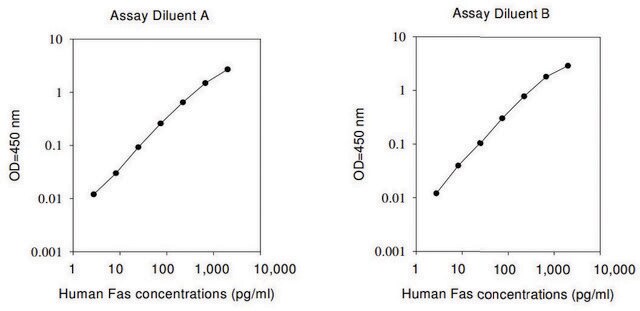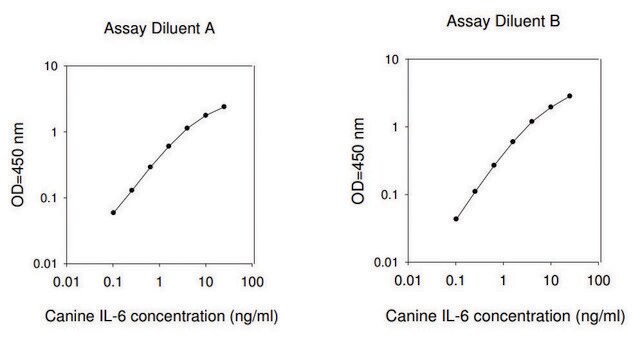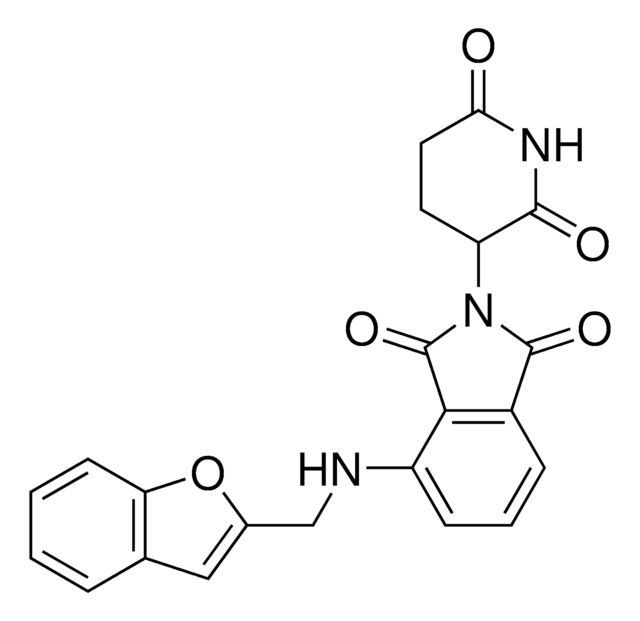RAB0178
Human Fas Ligand ELISA Kit
for serum, plasma, and cell culture supernatants
Synonym(s):
FasL
Sign Into View Organizational & Contract Pricing
All Photos(2)
About This Item
UNSPSC Code:
41116158
NACRES:
NA.32
Recommended Products
species reactivity
human
packaging
kit of 96 wells (12 strips x 8 wells)
technique(s)
ELISA: suitable
capture ELISA: suitable
input
sample type plasma
sample type serum
sample type cell culture supernatant(s)
assay range
inter-assay cv: <12%
intra-assay cv: <10%
sensitivity: 2 pg/mL
standard curve range: 1.37-1000 pg/mL
detection method
colorimetric
shipped in
wet ice
storage temp.
−20°C
Gene Information
human ... FASLG(356)
General description
The Human Fas Ligand ELISA (Enzyme-Linked Immunosorbent Assay) kit is an in vitro enzyme-linked immunosorbent assay for the quantitative measurement of human Fas Ligand in serum, plasma, cell culture supernatants and urine.
Immunogen
Recombinant Human Fas Ligand
Application
For research use only. Not for use in diagnostic procedures.
Please refer to the attached General ELISA KIT Procedure (sandwich, competitive & Indirect ELISA)
Please refer to the attached General ELISA KIT Procedure (sandwich, competitive & Indirect ELISA)
Biochem/physiol Actions
Binding of Fas Ligand (FasL) to Fas receptor triggers apoptosis in Fas-bearing cells. FasL has the ability to kill T cells and activate B cells which leads to down-regulation of the immune response. The mechanism of Fas induced apoptosis involves recruitment of pro-caspase 8 through an adaptor molecule called FADD (Fas-associated protein with death domain) followed by processing of the pro-enzyme to active forms. These active caspases then cleave various cellular substrates leading to eventual cell death. FasL is also involved in AGE (advanced glycation end-product)-mediated apoptosis in human retinal ARPE-19 cells, suggesting its role in diabetic retinopathy. Changes in the activity of FasL suppress normal apoptosis, leading to abnormal survival and growth of tumor cells. Mutations in the FasL gene causes autoimmune lymphoproliferative syndrome (ALPS).
Other Notes
A sample Certificate of Analysis is available for this product.
Please type the word sample in the text box provided for lot number.
Please type the word sample in the text box provided for lot number.
Kit Components Also Available Separately
Product No.
Description
SDS
Signal Word
Warning
Hazard Statements
Precautionary Statements
Hazard Classifications
Met. Corr. 1
Storage Class Code
8A - Combustible corrosive hazardous materials
Choose from one of the most recent versions:
Already Own This Product?
Find documentation for the products that you have recently purchased in the Document Library.
W C Powell et al.
Current biology : CB, 9(24), 1441-1447 (1999-12-23)
The Fas ligand/Fas receptor (FasL/Fas) system is an important mediator of apoptosis in the immune system where the juxtaposition of cells expressing the cell-surface ligand induces the apoptotic pathway in Fas-expressing lymphocytes. The FasL/Fas system has also been shown to
M R Alderson et al.
The Journal of experimental medicine, 181(1), 71-77 (1995-01-01)
A significant proportion of previously activated human T cells undergo apoptosis when triggered through the CD3/T cell receptor complex, a process termed activation-induced cell death (AICD). Ligation of Fas on activated T cells by either Fas antibodies or recombinant human
Yin Li et al.
International journal of clinical and experimental pathology, 8(9), 11915-11920 (2015-12-01)
To investigate the relation of Fas and Fas ligand (FasL) protein expression with carcinogenesis and metastasis of cardiac carcinoma. Immunohistochemistry was used to detect Fas and FasL protein expression in 64 cardiac carcinoma tissue samples and 20 normal gastric tissue
Pu Wang et al.
Bioscience, biotechnology, and biochemistry, 80(2), 250-256 (2015-10-20)
Advanced glycation end-products (AGEs) are extremely accumulated in the retinal vascular and epithelial cells of diabetes mellitus (DM) patients, particularly with diabetic retinopathy (DR). To elucidate the pathogenesis of the AGE-induced toxicity to retinal epithelial cells, we investigated the role
Ignatios Ikonomidis et al.
Circulation. Cardiovascular imaging, 7(4), 619-628 (2014-05-02)
We investigated the effects of anakinra, an interleukin-1 receptor antagonist, on coronary and left ventricular function in coronary artery disease (CAD) patients with rheumatoid arthritis. In a double-blind crossover trial, 80 patients with rheumatoid arthritis (60 with CAD and 20
Our team of scientists has experience in all areas of research including Life Science, Material Science, Chemical Synthesis, Chromatography, Analytical and many others.
Contact Technical Service







